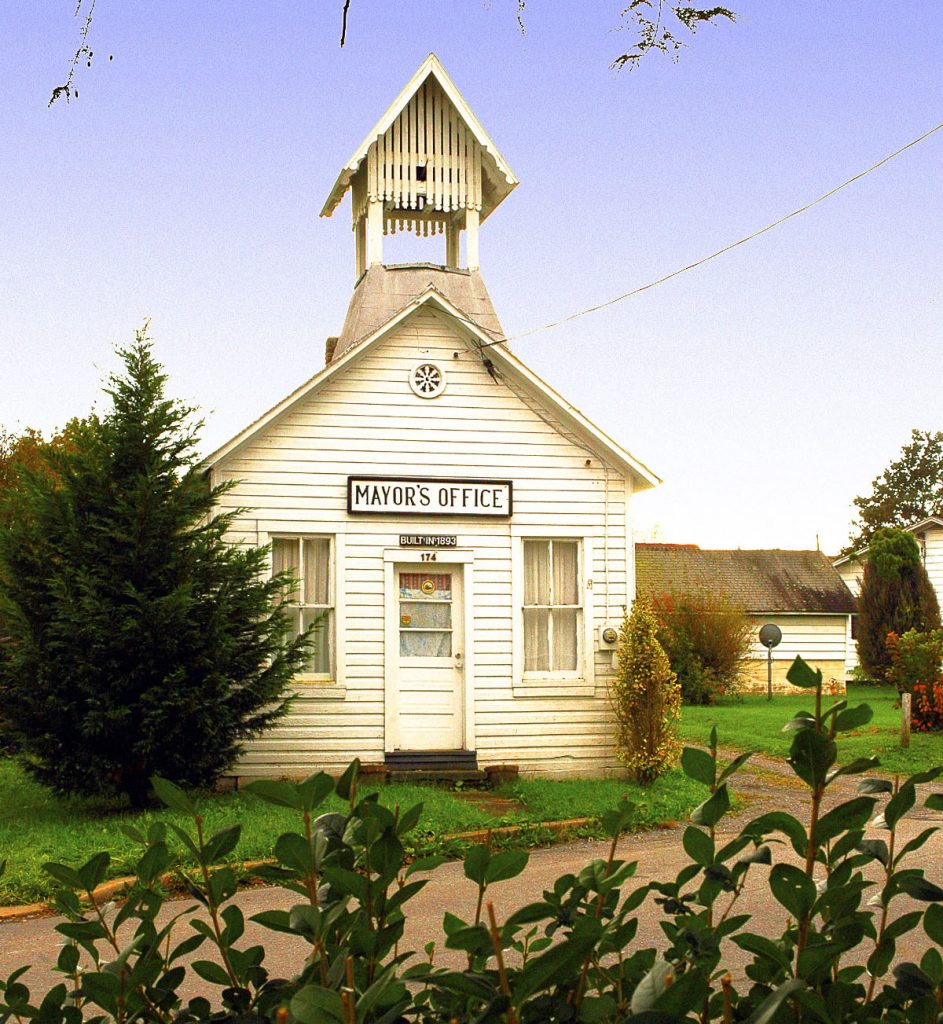
Paw Paw

Strategically located along the bends of the Potomac River, B&O Railroad and C&O Canal, Paw Paw was named for the unique fruit that grows along its ridges. Paw paws are a native tree with roots in the Ice Age that fed pioneers before they could plant orchards. Botanically, asimina triloba, it is the only temperate climate member of the apple custard family. Tasting like a blend of banana and cantelope, it inspired a national society founded by West Virginian, Neal Peterson, in 1988.
On Washington’s many trips west, he usually took the Winchester-Cumberland Road which closely parallels today’s Rt.29/51 through Paw Paw. The Potomac River, which embraces the old town in one of its bends, was navigated as early as 1750. Travelers heading west often crossed the gap in the mountains here, some settling to farm land along the river.
Paw Paw enjoyed prosperity over the decades from several industries including canal, railroad and orchard. During the 1930s, it was the site of a major tannery, the largest in the world making belt leather. The tannery opened in 1869 and in 1938 it had 200 employees with a cacacity of processing more than 500 hides a day. A World War I ship cargo of this leather sank and was salvaged 17 years later in perfect condition. This episode was the subject of a Lowell Thomas radio broadcast entitled: 17 Years Under the Sea.
Today, Paw Paw offers visitors lodging, campsites along the river, boat ramp, food and car services. It is a terminus for the Western Maryland Rail Trail now under development. Approximately 25 miles west of Berkeley Springs on WV9, Paw Paw serves as the western most entry to the Washington Heritage Trail.

